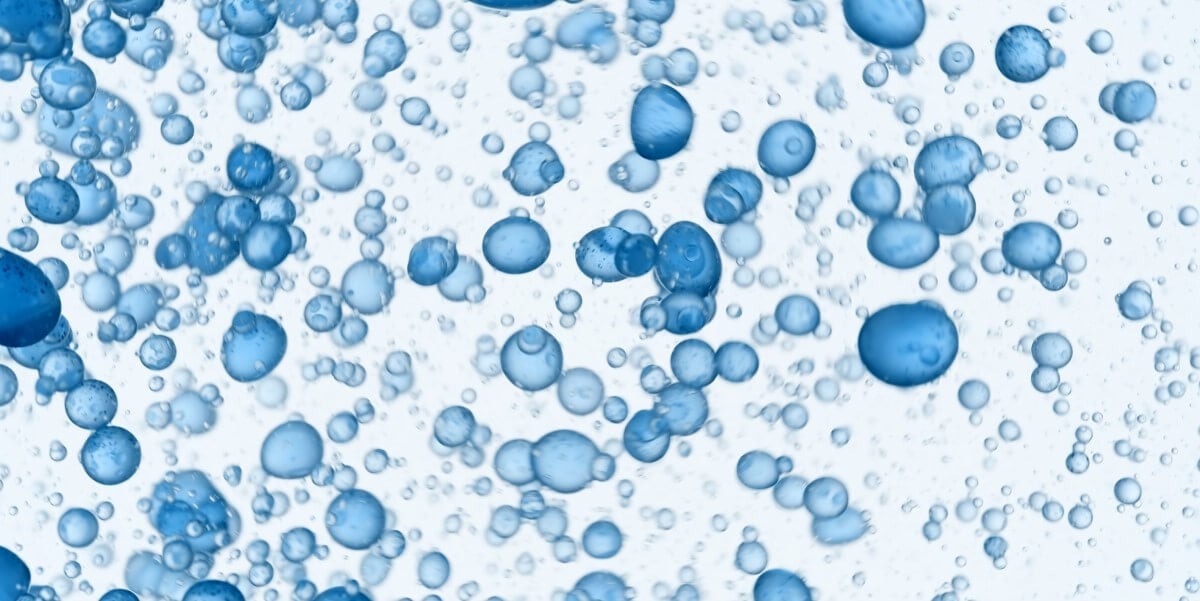Water testing; what are you looking for and how often should you test?
Access to safe drinking and washing water within an office or commercial premise is something most of us take for granted. But it isn’t simply guaranteed. Building owners and operators have a responsibility to ensure the water system on their premises is safe for all to use, drink and for maintenance operatives to safely work on. And water testing plays a big role in achieving this.
Why is testing water quality so important?
Regular water sampling allows building owners and operators to:
- Check to ensure their chosen compliance regime is fit for purpose
- Ensure tap water is suitable for drinking
- Track changes over time
- Determine the effectiveness of a water treatment system
What factors influence drinking water quality?
There are a number of factors that can influence the quality of potable water in commercial premises. These include:
Microbes
Microbes such as E.coli can be found in water and cause illness to humans in certain conditions. The presence of E.coli indicates that pathogenic microorganisms such as Legionella pneumophila, Hepatitis A, Giardia Lamblia and Salmonella may have entered the water distribution system, all of which can cause infection in humans, especially amongst children and people with weak or impaired immune systems.
Pipe material and age
Older pipes are more prone to developing large amounts of scale and rust. Some pipe materials may break down and release biosource compounds, such as iron, hydrogen and phosphate, biofilm growth and bacteria to multiply.
Physical integrity of the water distribution system
A break or leak in a pipe can lead to low-pressure events which cause bacteria to cling to surfaces.
Storage facilities
Water tanks are a common habitat for water microbes. Systems with water tanks that do not turn over frequently can encourage microbiological activity.
Water chemistry
The source and stability can all impact water quality.
Temperature
A poorly designed system or a change in building use can cause water to stagnate and change temperature to match the ambient temperature around it.
What should you test for?
A good water sampling programme may test all of the following:
- Total viable count (TVC) - estimates the total numbers of microorganisms, such as bacteria, yeast or mould species and gives an overall indication of the general water quality (learn more testing for TVC here)
- Legionella - the bacteria that causes Legionnaires’ disease
- Pseudomonas - bacteria that can lead to damaging blockages and corrosion of pipework
- Chemical make-up of water
- Physical parameters - testing for total and suspended solids
- Metal parameters - testing for metal determines asset wear, system integrity and water quality (learn more about testing for metals here)
- Corrosion, scale and contaminants - reveals water quality, underlying system parameters and safety
How does water testing work?
Testing for some areas can be done on-site using simple equipment. For example, temperature can be checked with a calibrated thermometer or some bacteria can be checked using on-site lateral flow testing.
However, water testing usually involves removing water from site, following a specific method statement, and taking the water sample in a specific receptacle to be transported to a laboratory in specific conditions and within a specified timescale.
Laboratory analysis is usually seen as the most accurate measure. It can be used to test for TVC, Legionella, Pseudomonas, chemical make-up, physical and metal parameters, as well as corrosion, scale and contaminants.
The process for this is simple. Water treatment companies, like WCS Group, can attend site and carry out the testing in an approved manner and ensure the samples get to the laboratory within the defined timescales. In some cases, on-site test kits can be used. These are easy to use by site personnel and can be provided by post.
The water treatment company will also be able to provide guidance, based on your results, on how to optimise your water treatment programme to improve the quality of water.
How often should you carry out water testing?
Water testing frequency can vary from one per month, to once per day and even once per hour and should ideally be based on risk.
How often you Legionella testing takes place will depend on the outcome of your Legionella Risk Assessment. For open systems, such as cooling towers and evaporative condensers, routine water analysis should be carried out at least quarterly.
Water testing is an integral part of any water treatment programme and is essential for keeping building occupants safe. Even if your current water supply looks clean, water testing may still be required to demonstrate your water treatment programme is appropriate.
WCS Group are water testing experts, carrying out over 200,000 Legionella tests, 200,000 pseudomonas and 50,000 Coliforms and E-coli tests every year. To find out how we can help you with your water testing programme, get in touch.
Topics: Water Treatment & Hygiene

Written by Jon Greaves
Jon has progressively worked through operational roles, account management, technical management, and senior management roles over the last 16 years within one of the group companies before moving into the role of Water and Air Managing Director. Jon has experience across multiple sectors of water and air compliance, including district energy networks; data centres; healthcare; food and beverage and facilities management. Jon acted as a corresponding steering committee member on CIBSE CP1 – Heat Networks Code of Practice for the UK released in 2020.



